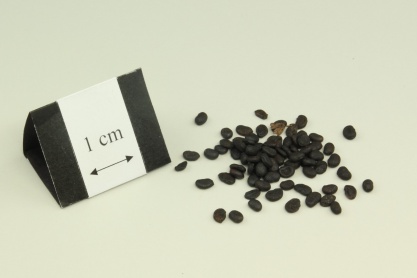補骨脂
- ENG
- Malaytea Scurfpea Fruit
- LATIN
- Psoraleae Fructus
| Medicinal Group | Yang-tonifying medicinal |
|---|---|
| Source | Dried ripe fruit of Psoralea corylifolia L. (Fam. Leguminosae) |
| Nature and Flavors | pungent, bitter; warm |
| Meridian Affinity | Spleen, Kidney |
| Actions | To reinforce the kidney-yang, promote qi absorption, and check diarrhea |
Family
Leguminosae
Part used
Fruit
Indications
Impotence, seminal emission; enuresis, frequent urination; aching of the loins and knees with cold sensation; asthma in deficiency syndromes of the kidney; diarrhea occurring before dawn daily. External use for vitiligo and alopecia areata
Research Findings
- Bushen Houxue method (consisted of psoralea fruit) combined with ultrasound-guided follicle aspiration is a safe and effective treatment for refractory polycystic ovary syndrome, with few trauma.[1]
Cautions
No Data.
Report on adverse effect
No Data.
Reference
Reference
- Liang RN, Liu J, Lu J. ( 2008). Treatment of refractory polycystic ovary syndrome by bushen huoxue method combined with ultrasound-guided follicle aspiration. Zhongguo Zhong Xi Yi Jie He Za Zhi. , 28(4):314-7.












